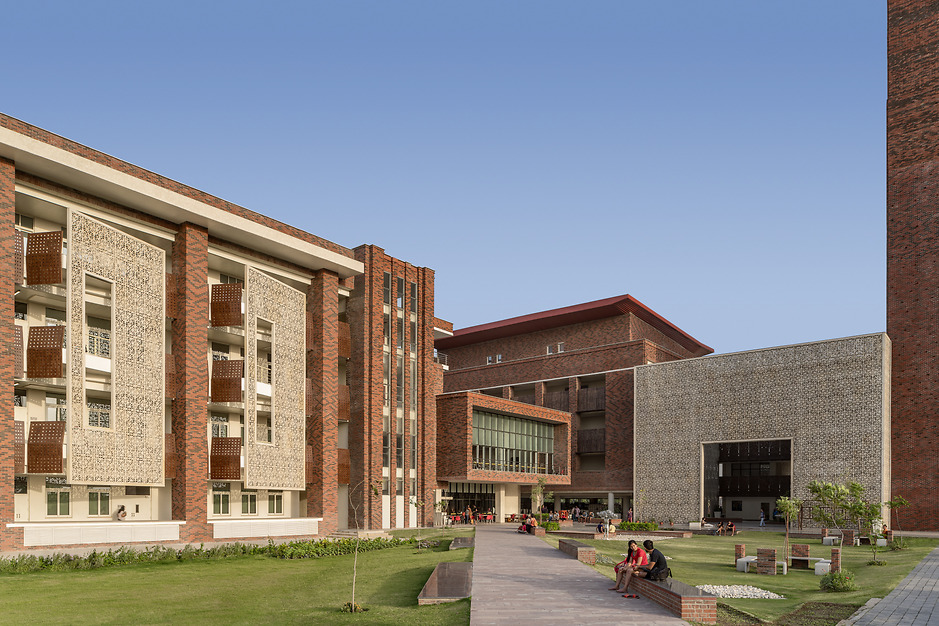Higher education in India has long been a contested space for policymakers, industrialists, academicians and intellectuals. Still, the country lacks universities which could make it to the list of top global universities. A few autonomous institutes which offer professional degrees are an exception. The IITs, IIMs, AIIIMS produce world-class professionals and have been having been at the forefront, giving an economic fillip to the country. Nonetheless, these institutes could not be deemed a university due to technical reasons, among others.
Higher education in India has been dominated by public institutes. The best colleges and universities are largely funded by the government. The difference in primary education and higher education gives a view of the sharp contrast in the Indian education system. The Indian middle class prefers to send their wards to private schools for their initial education, but public colleges and universities for their higher studies. Millions of students coming from middle-class families join coaching classes to crack entrance exams of government institutes. The success ratio for entrance exams like JEE, CAT, NEET is among the lowest in the world. The middle-class parents who work hard to earn enough to send their kids to private schools also dream that their kids would one day join IITs and IIMs to get good jobs and exceptional career.
The valuable IIT and IIM degrees created brand-engineering and management which paved the way for many private colleges in these fields. These private university model set up mostly by politicians on not for profit model became a gateway for the investment of black money. The politicians found it easy to set up private colleges due to regulatory hurdles by socialist bureaucracy. The politicians used their proximity and power to set up colleges and invested the black money there. The engineering and management colleges used to charge huge capitation fee and tuition fee to students. The capitation fee became a source of black money for politicians, thereby making the establishment of a college a lucrative and foolproof business for politicians.
The quality of education in most of these colleges was below expected levels and they produced unskilled and unemployable graduates. There were many students who took loans, sold family property, took help from relatives to finance their education and ultimately end up being unemployed due to poor quality education imparted to them.
On the other hand, the quality of public higher education institutes degraded over years due to political interference and lack of funds. The state universities in which most of the Indian students enroll do not have enough funds to provide quality education and infrastructure to students. The socialist governments in the past imposed everything from syllabus to governance model in a top-down approach. The left-dominated academia in ‘top universities’ with atypical control-freak style provided little independence to state universities and colleges. They wanted everything that was being taught in Delhi to be replicated across the length and breadth of India, ignoring the socio-economic diversity in other parts of the country. The number of students in state universities has grown exponentially while the finances have dried up. The political interference on the basic ideology in states like Bihar started dictating the curriculum and governance rather than academic rigor. The liberal arts and humanities institutes were worst affected due to political interference because these were directly related to policymaking and governance.
All these factors contributed to the collapse of higher education in the country. However there is a ray of hope in the overall gloomy picture, and this hope comes from the newly started private universities. The private university model started by first generation entrepreneurs and some old industrialist have performed exceptionally well in recent years. The private university model is being set as a trend by institutions like Ashoka University, Jindal Global University, Shiv Nadar University etc. that are a ray of hope in the gloomy higher education sector. The newly proposed KREA University, Jio institute are some other institutes which are expected to function on this model. In the upcoming years, it would be interesting to see whether this private university model could change the landscape of higher education in India.
